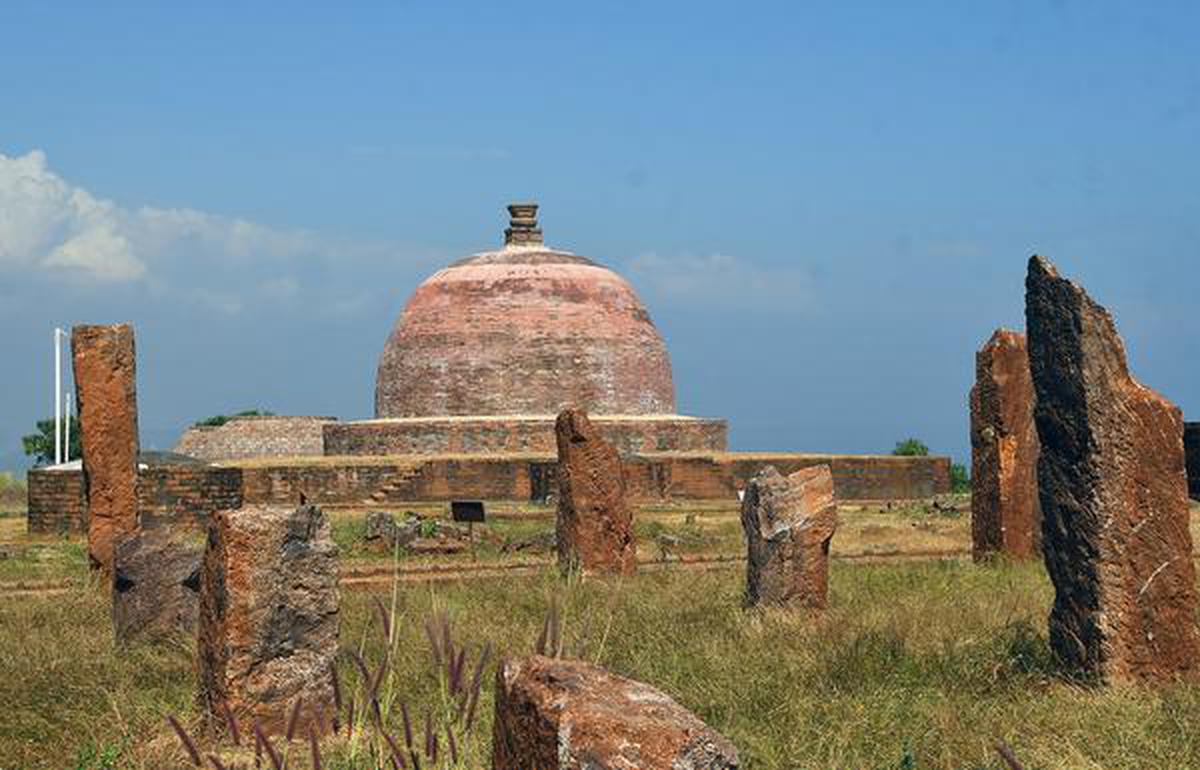
Buddhist treasure troves of Visakhapatnam Premium
The Hindu
There are around 300 recognised Buddhist sites in the State, but what makes Visakhapatnam unique is that about four major Buddhist settlements are located within a radius of about just 20 km
There are a number of theories on how the city of Visakhapatnam got its name. One among them suggests that the city was named after the earliest Buddhist woman monk or ‘Bhikkhuni’ by the name ‘Visakha’. Though this is disputed by many, quite a few senior historians, archaeologists and anthropologists from Andhra University support this theory.
It is a well-known fact that this part of the present Andhra Pradesh was then (3rd century BC) part of ‘Dakshina Kalinga’ (southern Kalinga) and was under the ‘Asmaka Janapada’.
In A.P. itself there are around 300 recognised Buddhist sites, but what makes Visakhapatnam unique is that about four major Buddhist settlements are located within a radius of about just 20 km.
More importantly, unlike in the case of other Buddhist settlements which were located close to rivers, these four sites are located on hillocks close to the sea (Bay of Bengal). From Srikakulam to Visakhapatnam, there are about eight major Buddhist sites and these four sites in Visakhapatnam formed a cluster, said former Head of the Department of Anthropology, AU, Prof. P.D. Satyapal.
The sites have been identified as Thotlakonda, Bavikonda, Pavuralakonda and Panchadarla. While the first three are located close to the seashore, Panchadarla is located in the hinterland but falls within the 20 km radius.
Almost all four sites were monasteries and each accommodated, on average, close to 150 to 170 monks, as the excavation has shown the presence of single-room ‘Viharas’, the resting place for the monks.
Historians suggest that if about 600 monks were present within a radius of about 20 km, then at that time Visakhapatnam must have been a prosperous village or town, with a population of close to 40,000 people.













